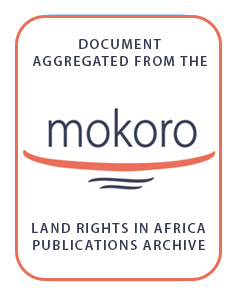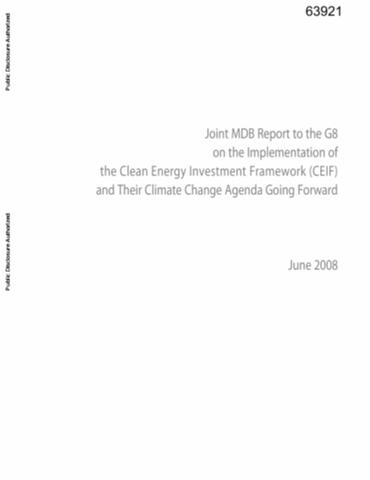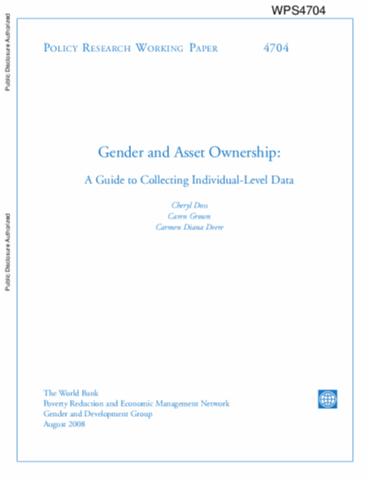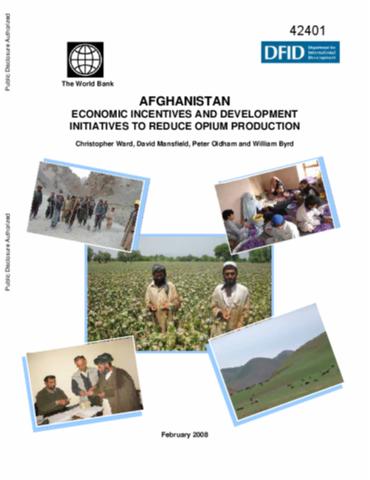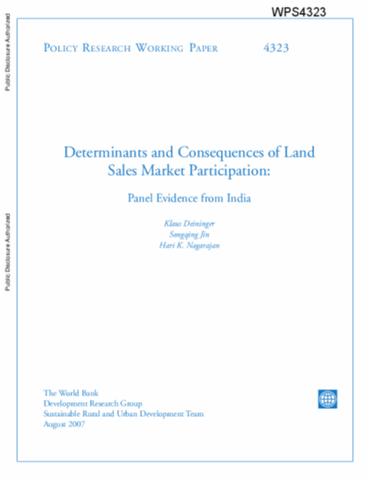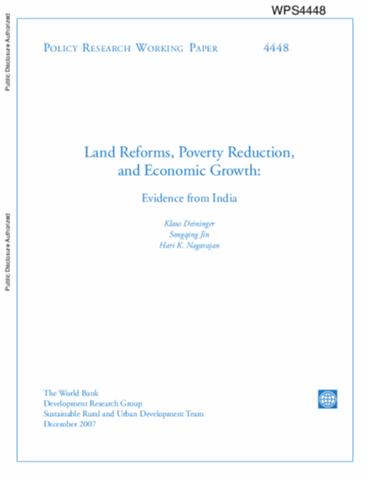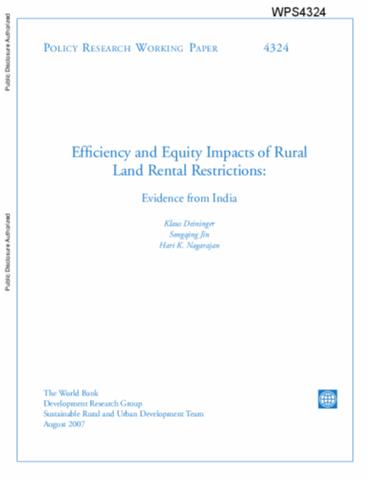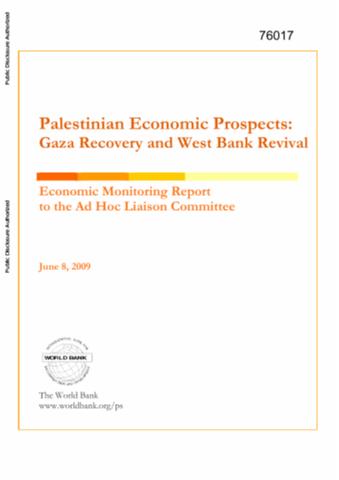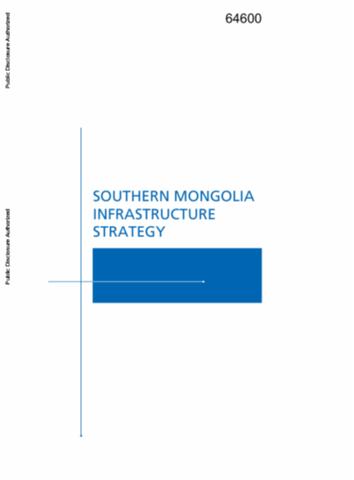Critical factors for crop-livestock integration beyond the farm level: A cross-analysis of worldwide case studies
Despite their recognized agricultural sustainability benefits, mixed crop-livestock farms have declined in the Northern hemisphere. As such, crop-livestock integration beyond the farm level is a promising alternative to this trend, but the knowledge of critical factors and strategies towards its successful implementation is still lacking. We developed an analytical framework to assess the critical determinants of the emergence and outcomes of integration, which helped us understand farmers’ collective strategies for reducing integration transaction costs.


